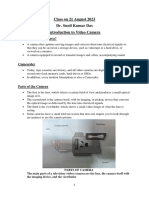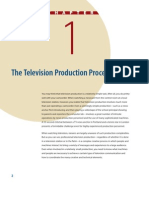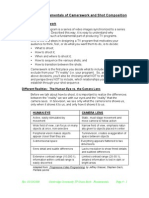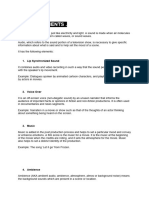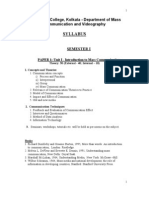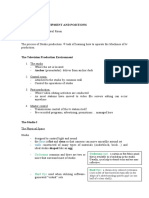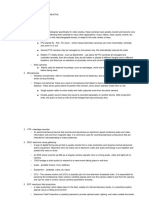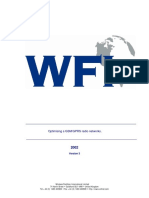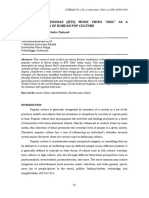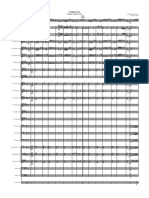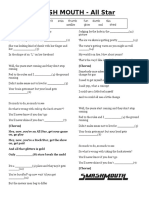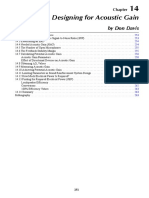Camera
The camera is principally designed to convert the optical image, as projected by the lens, into an
electrical signal, often called the video signal.
television program production, cameras play a crucial role in capturing scenes and providing visual
content for viewers. Here are some key functions of cameras in TV program production:
*Recording Visuals: Cameras are used to capture live-action scenes, interviews, events, and other
elements that make up a TV program.
*Live Broadcasting: Cameras are essential for live TV broadcasts, allowing viewers to see events
as they happen in real-time.
*Enhancing Storytelling: Cameras can enhance storytelling by visually representing the narrative,
setting, and characters in a TV program.
*Capturing Details: Cameras can capture details that are important for storytelling, such as facial
expressions, gestures, and subtle movements.
*Monitoring and Control: Cameras are monitored and controlled by camera operators and
directors to ensure that the desired shots are captured according to the production plan.
light
(1) to provide the television camera with adequate illumination for technically acceptable pictures;
(2) to tell us what the objects shown on-screen actually look like;
(3) to show us where the objects are in relation to one another and d to their immediate environment,
an d when the event is taking place in terms of time of day or season; and
(4) To establish the general mood of the event.
(5)Lighting is used to control shadows in a scene, ensuring that they are not distracting or
overpowering.
microphone
The microphone converts sound waves into electrical energy or the audio signals.
*Capturing dialogue: Microphones are used to capture dialogue spoken by actors, presenters, and
interviewees, ensuring that it is clear and intelligible to viewers.
*Interviews and reporting: Microphones are used in interviews and reporting to capture the
voices of interviewees and reporters, ensuring that their voices are clear and audible.
�*Noise Reduction: Microphones can be used to capture audio while reducing background noise,
ensuring that the desired sound is clear and prominent.
*Capturing Music: Microphones are used to capture live music performances or music tracks,
ensuring that the audio is recorded with high fidelity.
*Integration with Other Equipment: Microphones are often integrated with other equipment,
such as audio mixers and recording devices, to create a seamless audio production workflow.
























